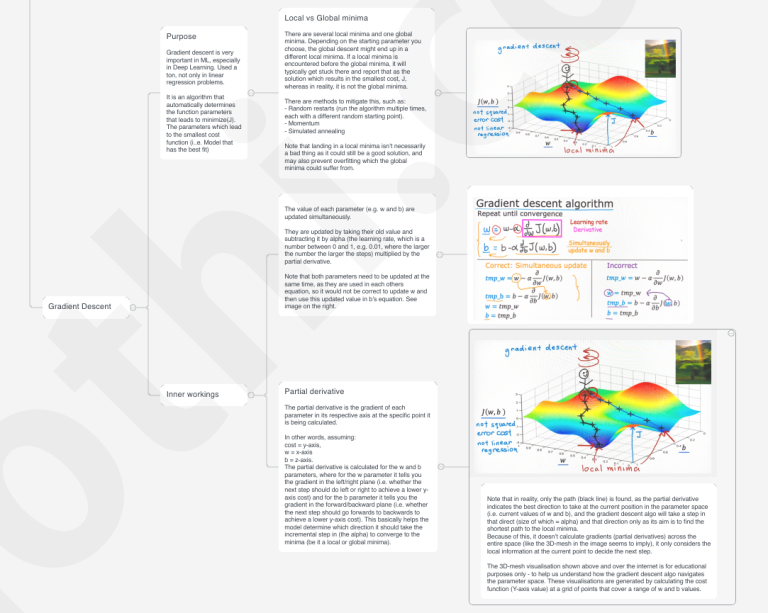Reading industry news is part of the job. But doing it manually every day—clicking headlines, skimming paragraphs, filtering out noise—is a time sink.
So I automated it.
The script checks sites like ICE, New Civil Engineer, Construction Enquirer etc., pulls the latest articles, summarises them with GPT, and compiles it all into a single clean HTML file. I open one page, skim the key points, and move on.
The Workflow
Fetch homepage HTMLExtract article linksFilter by publish dateScrape & clean article bodyConvert to markdownSummarise with GPTBuild HTML report
Summaries look like this:
# Title
## Summary
• Key facts in 4–5 bullets
## Lessons (Optional - only included if there's a clear takeaway for consultants or engineers)
• Key lessons in 2 bullets
Link: [URL link to read more]Why GPT?
Most news summarisation tools just truncate the article or paraphrase the intro. Most capable LLMs actually understands both the content and context. Because of this, it can be really good at pulling useful insights for technical topics like engineering, infrastructure, regulation, etc provided it’s pulling it from a reference source provided in the prompt, and not just from its own latent space.
I’ve purposely written my prompt to ignore fluff and only output clear, concrete points. It also skips the “Lessons” section if there’s nothing meaningful to extract.
Under the Hood
Article extraction and cleaning
def _extract_title(soup):
h1 = soup.find("h1", class_="name entry-title")
if h1:
return h1.get_text(strip=True)
return soup.find("title").get_text(strip=True)
def _clean_article(article):
for img in article.find_all("img"): img.decompose()
for a in article.find_all("a"): a.replace_with(a.get_text())
return str(article)Strips out irrelevant clutter, like ads, links, images, and just leaves the readable content.
Article summarisation
_PROMPT_TEMPLATE = """Summarise the article below into 4-5 bullet points. Each bullet should be specific and include only the most important information, without verbosity or fluff.
After the summary, add 1–2 bullet points with practical learning points relevant to a civil engineer working on the pre-construction stage of major infrastructure projects. Only include learning points if there is something concrete to learn.
Format your response as:
## Summary
[4-5 bullets]
## Lessons <only if applicable>
[1-2 bullets]
<ARTICLE>
<<ARTICLE_PLACEHOLDER>>
</ARTICLE>
"""
def _summarise(article_md):
prompt = _PROMPT_TEMPLATE.replace("<<ARTICLE>>", article_md)
return client.ChatCompletion.create(
model="gpt-3.5-turbo",
messages=[
{"role": "system", "content": system_role},
{"role": "user", "content": my_prompt},
],
temperature=temp,
)
).["choices"][0]["message"]["content"]Report generation
html = f"""<!DOCTYPE html>
<html lang="en">
<head><meta charset="utf-8"/><title>{page_title}</title>
<style>{_PAGE_CSS}</style></head>
<body><h1>{page_title}</h1>{body}
<footer>Report generated on {timestamp}.</footer></body></html>"""
out_file.write_text(html, encoding="utf-8")No dependencies beyond a few standard Python libraries and the OpenAI client. Runs in ~20 seconds, and the output is saved to a HTML file that I can easily open in my browser.
Output Example
Here’s an example output produced from the script with absolutely zero editing from me:
NCE Report — 22 February 2024
Silvertown Tunnel opening advanced to early 2025 as cut and cover and road realignment progress
Summary
• The Silvertown Tunnel opening date has been advanced to early 2025 (Q4 2024/25), previously planned for mid-2025/26, due to programme mitigations.
• The project budget has increased by £2.7M to £176M to cover bus infrastructure, with a current estimated final cost of £180M due to inflation and land purchase costs.
• Significant progress at the Greenwich site includes completed steel framework of the southern portal, dome installation over the cut-and-cover section, and ongoing reinforced concrete works.
• At the Silvertown site, steel framework completion, cladding, dome installation, concrete pours, and waterproofing of the tunnelling have been finished, with utilities and highway works underway.
• Several planned Blackwall Tunnel weekend closures will enable road realignment, drainage, gantry installation, and resurfacing to support the new tunnel configuration.
Lessons
• Innovative construction techniques (e.g., nitrogen skate for TBM rotation, ground freezing for excavation) can accelerate progress on complex underground infrastructure projects.
• Effective coordination of temporary traffic management—including planned closures and temporary bridges—is crucial for maintaining traffic flow while enabling major construction activities.
Legal challenge against trio of A47 upgrades dismissed but may go to Supreme Court
Summary
• Legal challenge against three A47 road upgrade schemes in Norfolk was dismissed by the Court of Appeal, with the Development Consent Orders (DCOs) upheld.
• Claimant Andrew Boswell argued the Department for Transport and National Highways failed to properly assess the cumulative climate impact of the road projects.
• Court ruled cumulative carbon emissions were adequately assessed within current scientific understanding and legal carbon budgets.
• Boswell is considering appealing to the Supreme Court, citing concerns over emissions from four major nearby road projects including the Norwich Western Link.
• Norfolk County Council and National Highways welcomed the ruling, highlighting the projects’ importance for reducing congestion, improving safety, and supporting regional growth.
Lessons
• Infrastructure projects must carefully document and justify environmental impact assessments, especially cumulative climate impacts, to withstand legal scrutiny.
• Clear communication of assessment methodologies and adherence to statutory carbon budgets can strengthen approval defenses in infrastructure disputes.
Great British Railways will increase data sharing for better digital twins, industry figures say
Summary
• Great British Railways (GBR) aims to unify UK rail management and enhance data sharing across the sector to improve digital twin technology usage.
• Digital twins are seen as models representing real-world infrastructure, used for analysis, experimentation, and decision-making, though standards and definitions remain unclear.
• Collaboration between different organizations and sectors (e.g., meteorological services and track monitoring) is key to creating richer, more effective digital twins.
• Network Rail is trialing a model combining granular weather forecasts with risk predictions for earthworks failures to optimize train speeds on affected lines.
• The Rail Reform Bill supports GBR’s goal of breaking down data-sharing barriers to enable more joined-up decision-making and better infrastructure resilience.
Lessons
• Effective digital twin implementation on major infrastructure projects requires cross-sector collaboration and open data sharing to bridge gaps in legacy asset information.
• Establishing clear collaboration frameworks and government facilitation can help unify fragmented data sources, driving better risk management and operational efficiency.
Sizewell C early works to commence with site creation and ground trials
Summary
• Sizewell C project has triggered its development consent order, enabling early works including site creation, infrastructure improvements (bypass, A12, park and rides), and ground trials to start.
• Early construction involves site roads, perimeter fencing, welfare units, ecological and archaeological works, and drainage and earthworks on soft marshy ground.
• A 2km long, 50m deep reinforced concrete cut-off diaphragm wall will form a watertight earth-retaining barrier around the nuclear site before excavating about 4 million cubic meters of material without blasting.
• The project is funded by EDF and the UK government, which owns 50% and recently committed an additional £1.3bn to support early construction ahead of a final investment decision.
• Sizewell C aims to deliver 3.2GW capacity powering 6 million households, supporting the UK’s goal to quadruple nuclear generation by 2050; tunneling works are decoupled from main excavation, unlike Hinkley Point C.
Lessons
• Leveraging lessons and extensive ground investigations from previous projects (Hinkley Point C) is crucial for developing cost-effective construction techniques in challenging geology.
• Separating tunneling works from main excavation activities can offer improved management and risk control in complex infrastructure projects.
It doesn’t really replace reading the full articles, but it definitely keeps me up to date and quickly tells me which article I might be interested in.
The next step would be to schedule it via a cron job so it automatically emails me this each morning…

